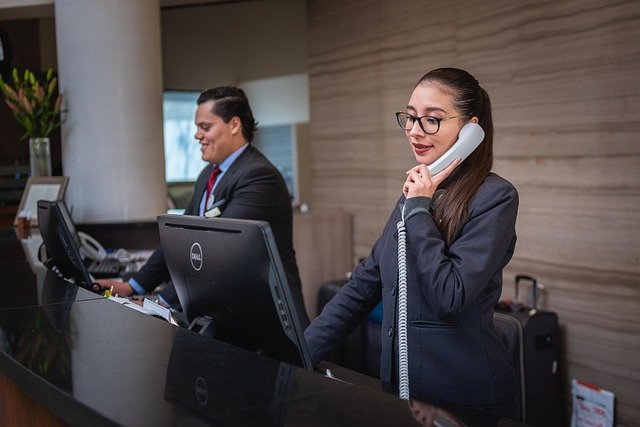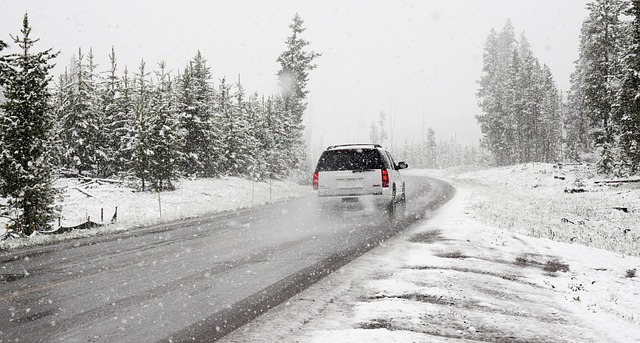Tech tools to streamline housekeeping bookings and guest communication
Effective technology can reduce manual tasks and improve guest satisfaction for boarding houses and serviced apartments. This article outlines practical tools and workflows that simplify housekeeping scheduling, booking management, and guest messaging while considering occupancy, amenities, and operational priorities.

Efficient operations in boarding houses and serviced apartments depend on clear booking processes and reliable guest communication. Technology can reduce coordination time between front-desk staff, cleaning teams, and guests while helping managers monitor occupancy, maintain compliance, and deliver consistent amenities. The right mix of software and simple workflows supports both shortstay and longstay guests, corporatehousing arrangements, and relocation stays without disrupting daily service quality.
How can technology improve housekeeping and booking?
Property management systems (PMS) and dedicated housekeeping modules centralize bookings and cleaning schedules, reducing double-bookings and missed turnovers. Automated triggers can create housekeeping tasks when a booking checks out or when a guest requests a mid-stay clean. This decreases reliance on manual spreadsheets and phone calls, and helps maintain predictable occupancy levels. Integrations with online booking platforms sync reservations in real time, so housekeeping teams see accurate checkout times and scope of work—especially important for mixed shortstay and longstay portfolios.
What tools support guest communication and amenities updates?
Guest messaging platforms and in-stay apps let teams send arrival instructions, amenity lists, and maintenance updates without tying up staff. Templates for common messages—welcome notes, Wi‑Fi details, early check-in options—save time and ensure consistency across rentals. Two-way messaging where guests can request extra towels, housekeeping, or report issues allows faster resolution and clearer records. Where corporatehousing or relocation clients need regular updates, grouping messages by longstay account or company account keeps communications organized and professional.
How does occupancy and pricing sync with bookings?
Dynamic pricing tools and channel managers keep rates aligned across booking channels and reflect occupancy changes. When occupancy rises, the system can recommend pricing adjustments; when it drops, promotions or adjusted minimum stays can be deployed. Accurate occupancy data also helps forecasting for housekeeping staffing needs—predicting peak turnover days and scheduling additional cleaners or outsourcing support. For compliance and reporting, timestamped booking and cleaning logs provide an auditable trail linking occupancy to services delivered.
How to manage compliance, sustainability, and housekeeping workflows?
Compliance needs—local safety checks, cleaning certifications, and guest data handling—are supported by checklists and digital forms. Housekeeping apps can require staff to complete standardized checklists with photo verification, ensuring amenities are replenished and safety items are inspected. Sustainability-focused features let managers track use of cleaning supplies, schedule lower-frequency deep cleans for longstay guests, and record linen-reuse preferences. These records support regulatory reporting and demonstrate progress against environmental goals without adding administrative burden.
Which systems help with furnishing, relocations, and longstay guests?
Inventory and furnishing management tools track items in each unit so relocations or corporate moves don’t lead to missing assets. For longstay guests, recurring housekeeping schedules, configurable amenity bundles, and maintenance plans can be automated so the guest experience remains consistent over months. Systems that integrate with accounting and payroll simplify billing for extended stays, additional amenities, and optional housekeeping services—helpful when managing corporatehousing contracts and varied rental terms.
What practical steps for integrations and staff adoption?
Start by mapping current processes: booking flow, check-in/out, housekeeping handoffs, and guest messaging. Prioritize integrations that remove repetitive tasks—PMS to channel manager, messaging to property platform, and housekeeping app to staff schedules. Provide short training sessions and easy reference guides for staff; pilot changes on a subset of units before broad rollout. Monitor key metrics such as time-to-turnover, guest response times, occupancy variance, and complaint rates to measure improvement. Regular feedback loops with housekeeping staff reveal friction points and opportunities for automation.
Conclusion
Adopting targeted technology for housekeeping bookings and guest communication helps boarding houses and serviced apartments operate more reliably and transparently. By centralizing bookings, automating task creation, standardizing communication, and integrating with pricing and inventory systems, operations teams can better balance shortstay and longstay needs, support relocations and corporate arrangements, and maintain consistent amenities and compliance records. Thoughtful implementation and staff involvement ensure tools deliver measurable operational improvements without disrupting guest experience.






